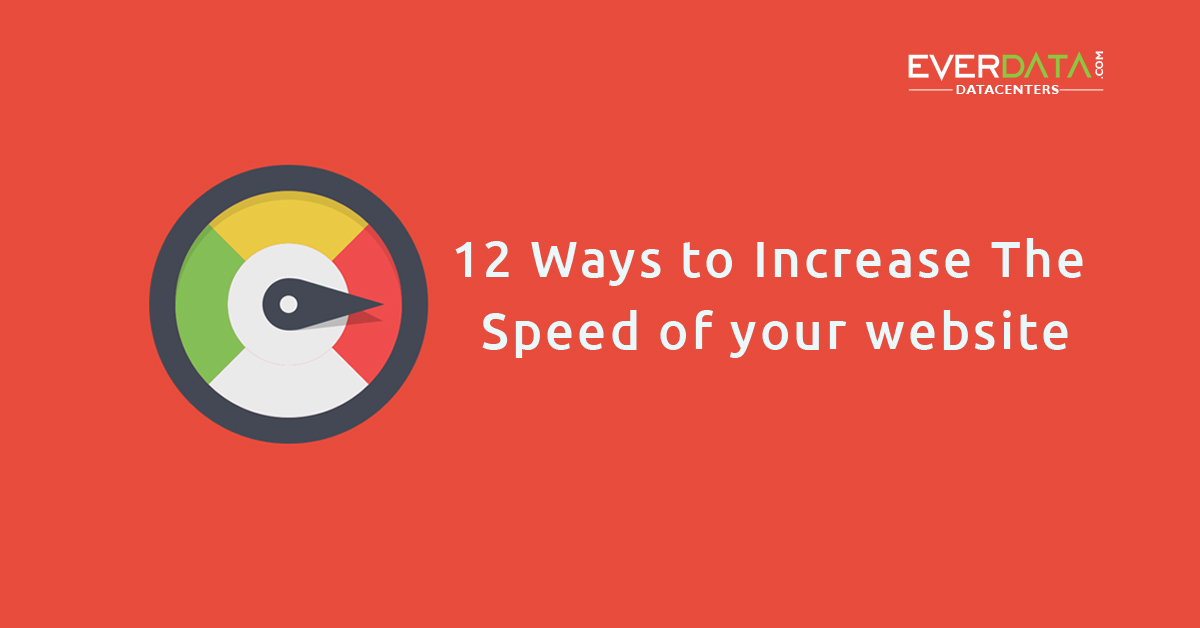
Submitted by admin on

In our last post we talked about some best ways to add to the speed of your website. This is the second part of that article. The tricks in this section are bit more technical but at the same time helps in better speed
Don’t load enormous images
Images are really slow to load and by using the king size images we further reduce the speed of loading. So, it is important to use the exact size you require instead of using huge sizes just to create visual impact. It is also a good practice to compress the images before you upload them. There are a number of plugins that will allow you to compress the images significantly. Some tools like WP smush can even reduce the size by as much as 80 %!
Using Sprite can help a lot
Using Sprite can also help you a great way. In plain words Sprite is a single image containing numerous smaller images. By using Sprite for your graphical needs you can actually electrify the speed of your site. As stated in the first part of this blog, the browser makes separate requests for each single image. Suppose if you have 10 images the browse needs to make 10 separate requests. However if all the 10 images are contained in a single Sprite image, that means the browser gas to make only a single request for all 10 images. That means 10 times less delay caused by separate requests.
Cut down the code
HTML is repetitive and carries lots of weight. CSS though more organized and cleaner, has too much of surplus. Using templates like Wordpress templates helps you to reduce a great amount of code and at the same time allows you more functionality. Greedy use of that functionality will again inflate the weight. The solution lies in trimming the bits wherever you can. Try to minimize the code as much as you comfortably can.
Wise use of WP plug-ins
Each WP plug-in you use adds to the functionality but at the same time it also inflates the size. Count each plug-in as a separate server request that slows down the speed. So, use plugins sparingly and there could be many plugins you need for a temporary use only. Uninstall them when there is no practical reason of continuing them. The plugins not currently in use can be turned off.
Don’t use too many redirects
Using too many redirects also delays your site’s speed considerably. It multiplies the travel time by 2 as each request instance is repeated twice. In order to communicate with the server your browser has to find its IP address and if your page uses to many redirects that time can be doubled thus delaying the loading speed.
Use least domain names attached to your site
If your website has multiple domain names then the above process takes longer time. Some websites have additional domain names like blog.yourwebsite.com, career.yourwebsite.com etc. Remember each additional domain adds to the delay in the above process and having 10 different domains attached to your site means losing another second in locating IP address. Many users use mobile devices to access the net on the go. For them, each single second matters. So it is always better to keep the domain names to the minimum.
Caching can help a great way
Storing a copy to your website files to your browser can fasten the things considerably. It allows the browser to use its memory for loading the files instead of wasting the time by contacting server for each file. You can make use of caching. Caching simply means that the browser memorizes the website and the next time it can load your website in fraction of the time.


Add new comment